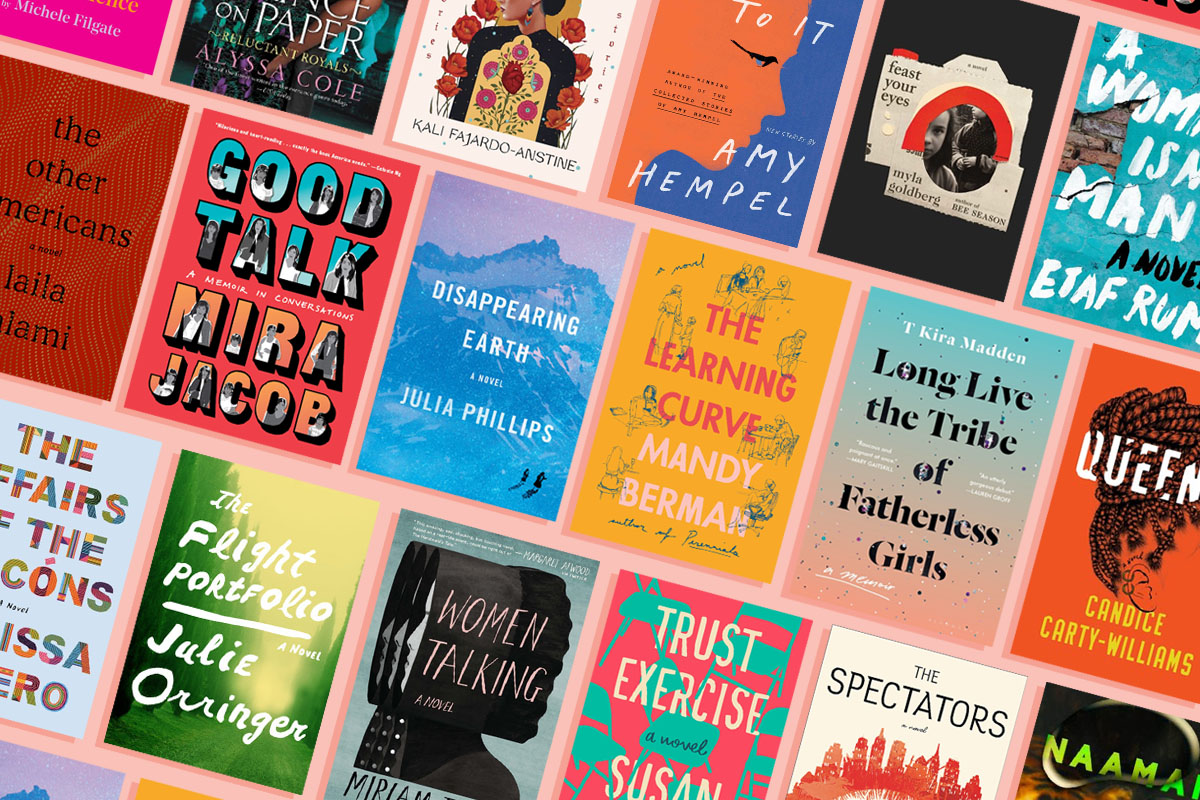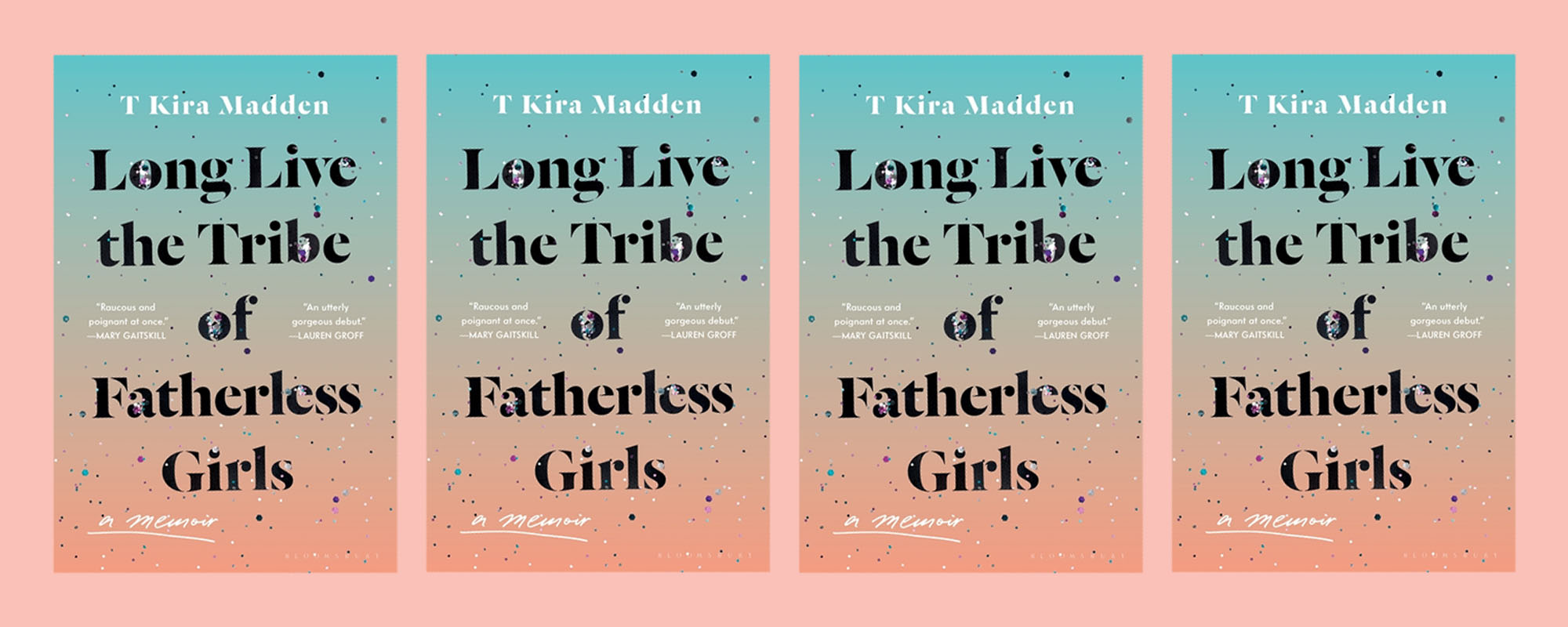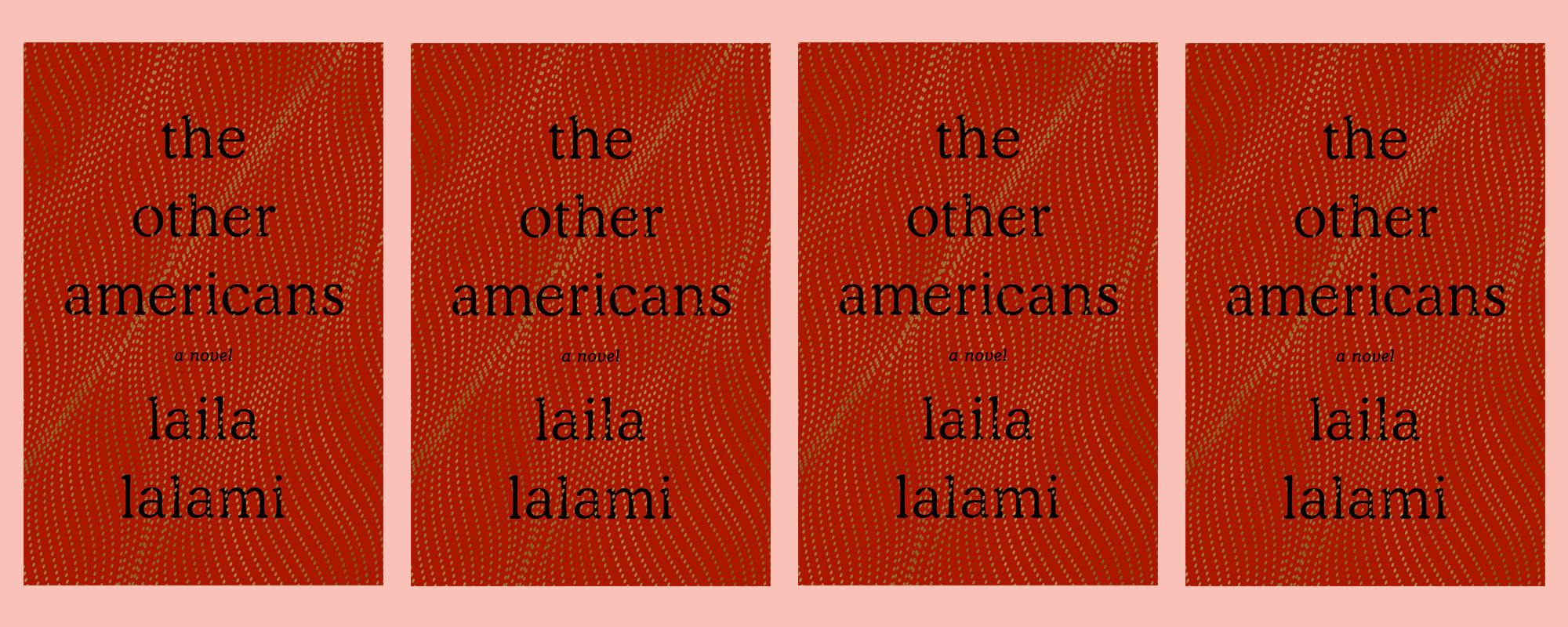It’s that time of year again: our seasonal book preview is here! (If you feel like going back, read our winter, fall, and summer recs.) Spring brings us a whole host of exciting books; there’s something for everyone. While our winter list was mystery heavy, spring is the time for literary fiction and stories about moms and daughters. We’ve found 18 books due out in March, April, and May that we cannot wait to read.
Ready? Let’s go.
1. Long Live the Tribe of Fatherless Girls by T Kira Madden (March)
Coming of age in Boca Raton, Florida with a Chinese Hawaiian mom and a Jewish dad, Madden struggled to find her place — and her memoir exquisitely captures the pain of growing up. In a gorgeously written debut, she writes about being an only child (sorta) of two parents who struggled with addictions.
Finding her way in her 20s in New York as a young queer woman leads her to dive into her family’s past – her mom’s childhood in Hawai’i (the daughter of a Chinese mom and a native Hawaiian dad) shines through towards the end of the memoir. Especially poignant throughout the book is her relationship with her father — the story of how they always arrived early to the movies on weekends still makes me emotional. (Fun fact: Madden is also an Alma contributor! Read this essay she wrote for Alma about her dad and try not to cry.)
Read if you’re into: memoirs, family stories… actually I don’t care what you’re into you should read this!! Get it here.
2. Women Talking by Miriam Toews (April)
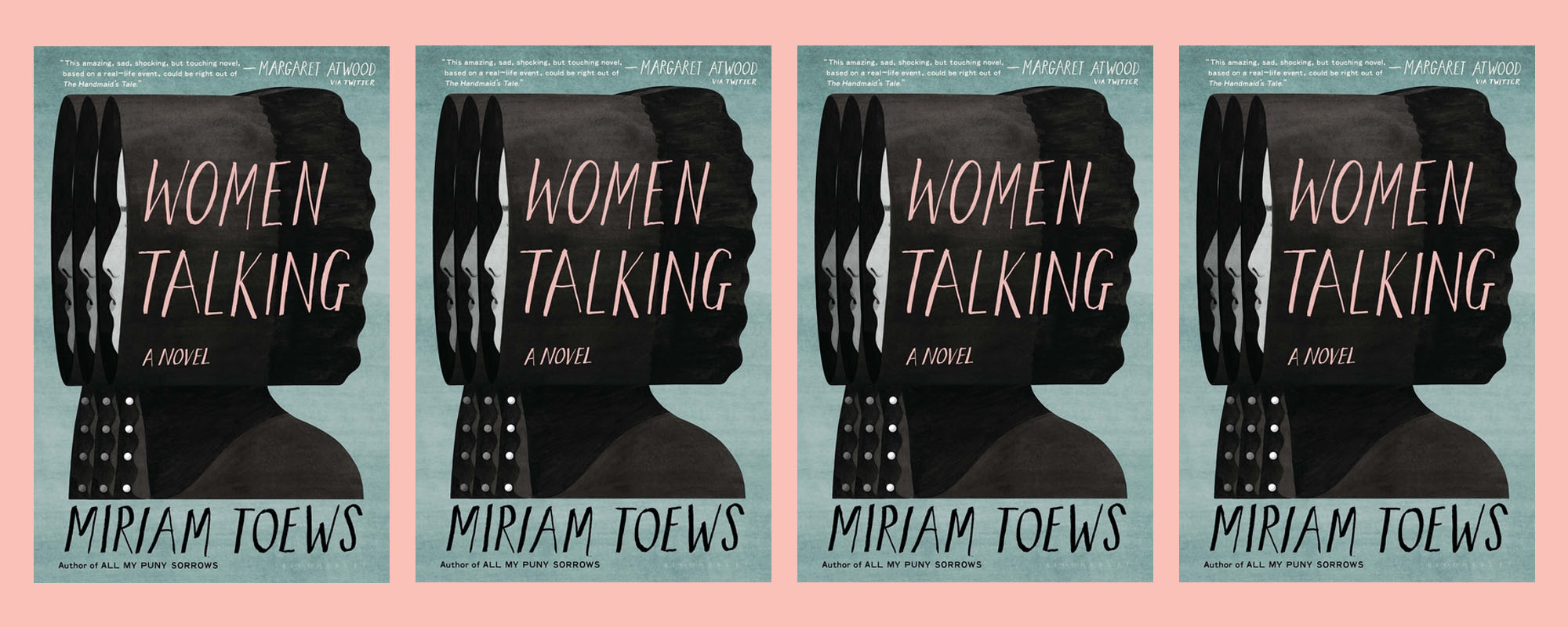
In 2011, eight Mennonite men in Bolivia were imprisoned for drugging and raping over 130 women in their community, Manitoba, during a four-year period. Using chemical anesthetic meant for animals, the men would sneak into women’s homes, knock them out, and rape them. Upon waking up, the women would be bruised and bloody — but with no memory. This is, unfortunately, a heartbreaking and true story. As Time reports, “In the beginning, some of the women say they told their husbands or fathers — who usually dismissed the confidences as wild female imagination — but didn’t speak to one another.”
Toews uses this real story as the seed for her novel, Women Talking, where the women of Manitoba come together to discuss what to do. Since they are all illiterate, they invite a schoolteacher to come to their meeting and take notes. Narrated by him, the women talk through their pain, betrayal, and decide the best path forward: Do they stay and fight? Do they leave the only world they’ve ever known?
Read if you’re into: feminist stories, The Handmaid’s Tale, and buzzy books. Get it here.
3. The Other Americans by Laila Lalami (March)
Laila Lalami burst onto the scene with her third book The Moor’s Account, the fictional memoirs of a Moroccan slave on the Navarez expedition in the 16th century, which was a Pulitzer Prize fiction finalist. Now she’s back, this time with a story of a Moroccan immigrant set in present-day America.
Driss Guerraoui is a Moroccan immigrant living in California when he’s killed by a hit-and-run in the Mojave Desert. Lalami begins the book with the narration from Driss’s daughter, Nora: “My father was killed on a spring night four years ago…” and soon takes us through a multitude of different perspectives (among others, there’s the police detective, Driss’s widow, an old childhood friend of Nora’s who is now an Iraqi veteran, and an undocumented man who witnesses the crime).
In an essay Lalami wrote for The Nation in January 2019, she argues that in order to deal with the chaos of the Trump presidency, one must read fiction. “Stories help us see the world through the eyes of others: We see what they see; we’re provoked or inspired or amused; we take sides or withhold judgment — but in the end, we find order in disorder. We make sense of the world around us through the language of stories. When we follow a narrative thread, we experience, at least for a while, a feeling of control. Reading fiction also allows us to expand the limits of our imagination and helps us develop empathy — qualities that seem to be in short supply at the moment.” Amen. And, may we add: The Other Americans is perfect for this very moment.
Read if you’re into: family sagas, books that have multiple narrators, and stories about America. Get it here.
4. The Affairs of the Falcóns by Melissa Rivero (April)
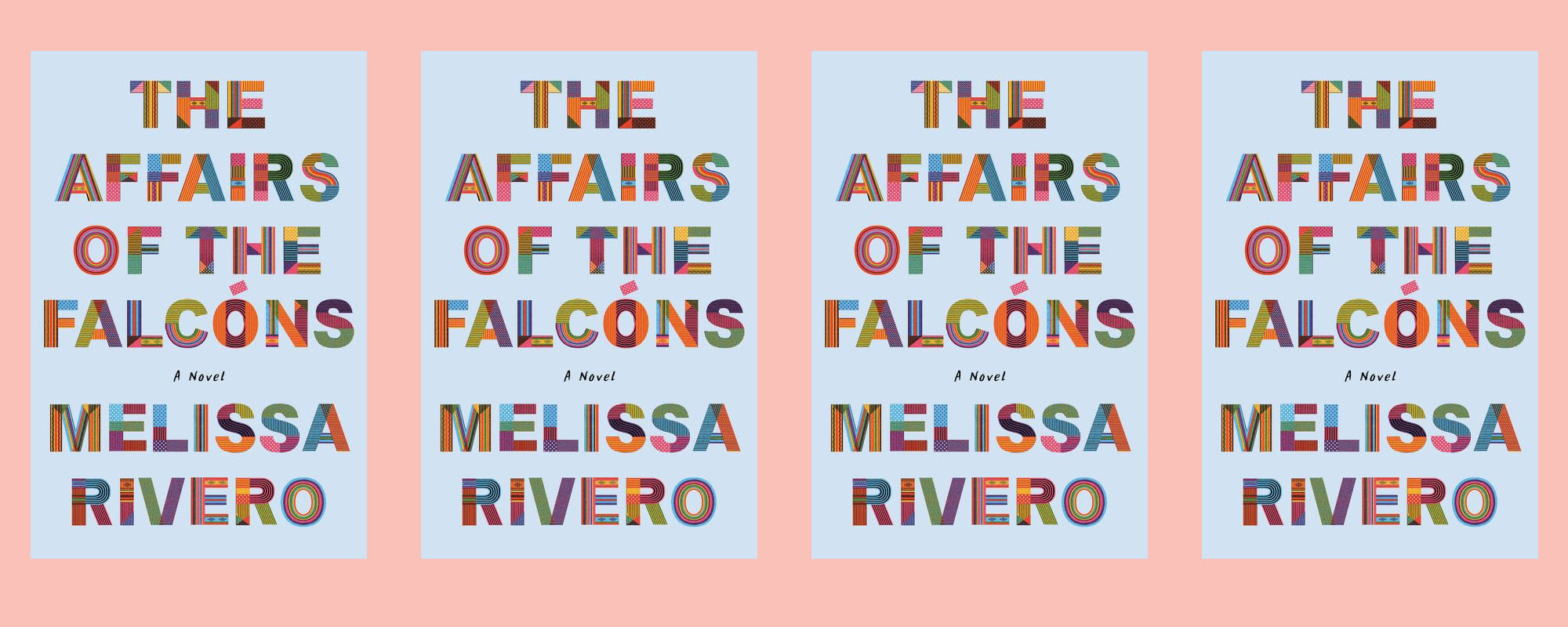
“Ana Lucía Cárdenas Ríos celebrated her twelfth birthday on the day she killed her first chicken,” begins Melissa Rivero’s debut novel. It quickly flashes forward to Ana at age 27, living in Queens with her husband, Lucho, and two young children in Lucho’s cousin’s house. Ana and Lucho Falcón — the titular Falcóns — are both undocumented immigrants from Peru. Ana is indigenous and from rural Peru, whereas Lucho is from Lima (the capital city).
Rivero herself is from Lima. She was undocumented as a child and became a U.S. citizen in her 20s; the story is inspired by her family’s experience living in New York in the 1980s, and their struggle to exist. “Rivero offers a portrait of the immigrant experience that will undoubtedly ring true to many, but she also writes with great specificity,” Kirkus says in its review, calling The Affairs of the Falcóns “a nuanced look at the human cost of immigration policy.”
Read if you’re into: immigrant stories, powerful (and politically relevant) debuts, and historically accurate fiction. Get it here.
5. Good Talk by Mira Jacob (March)
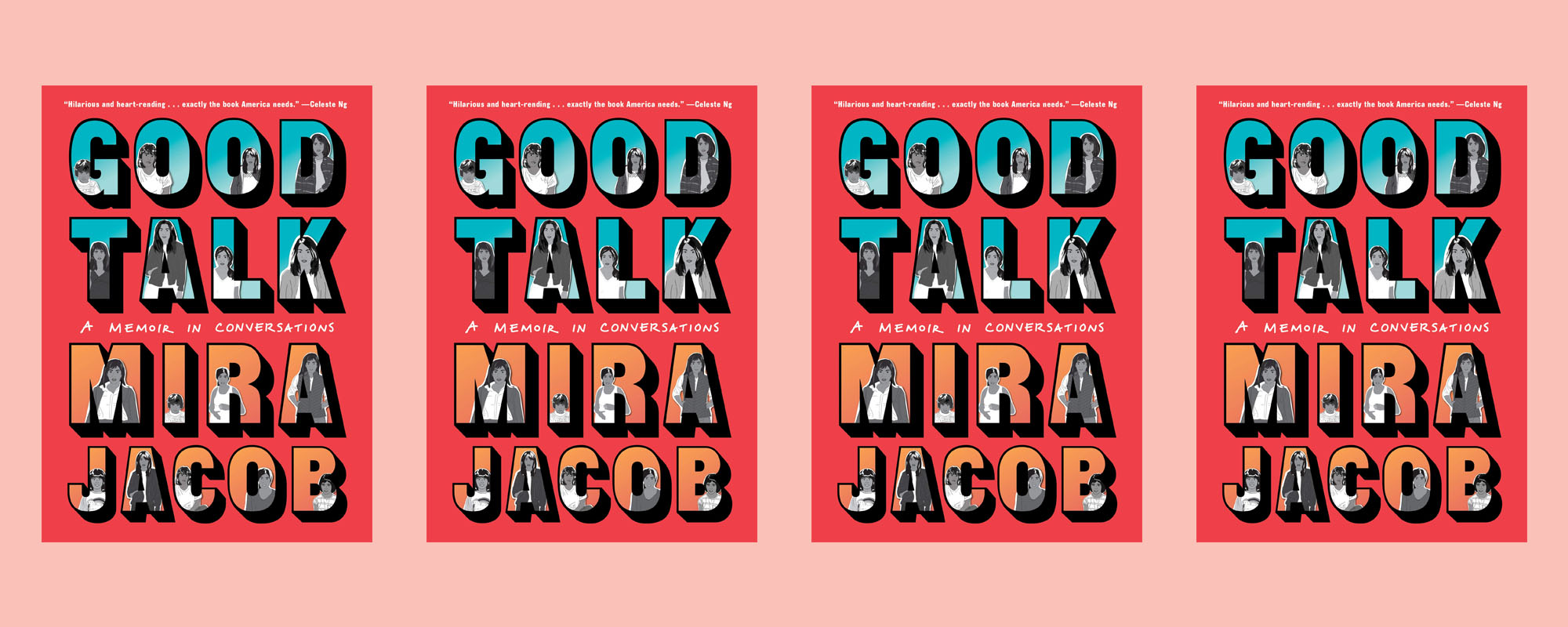
In a BuzzFeed article that went viral, Mira Jacob illustrated “37 Difficult Questions From My Mixed-Race Son,” breaking down questions that her son asked her about being brown and Jewish in America. Her memoir expands on this premise into a full-length graphic novel.
The most fraught conversations are when she illustrates her interactions with her Jewish in-laws (Jacob’s husband is Jewish; she was raised in a Christian Indian family). The political differences that arose surrounding the 2016 election are painful — in one panel, Jacob illustrates a conversation with her husband, where she says, “I just… I always thought they would chose family first. Over everything. I mean, I know we’re really different, okay? But I thought we were close despite that. I was proud of that, even. And now I just feel like I was wrong about everything.” You can feel her pain, the fear she feels for her son, and how the election highlighted ruptures in her family. An important read. Plus, it’s being adapted into a television show, so if you’re someone who likes to be ahead of the curve, read it now.
Read if you’re into: memoirs, illustrations, conversations about identity, and dealing with family who have different political views than you. Get it here.
6. A Prince on Paper by Alyssa Cole (April)
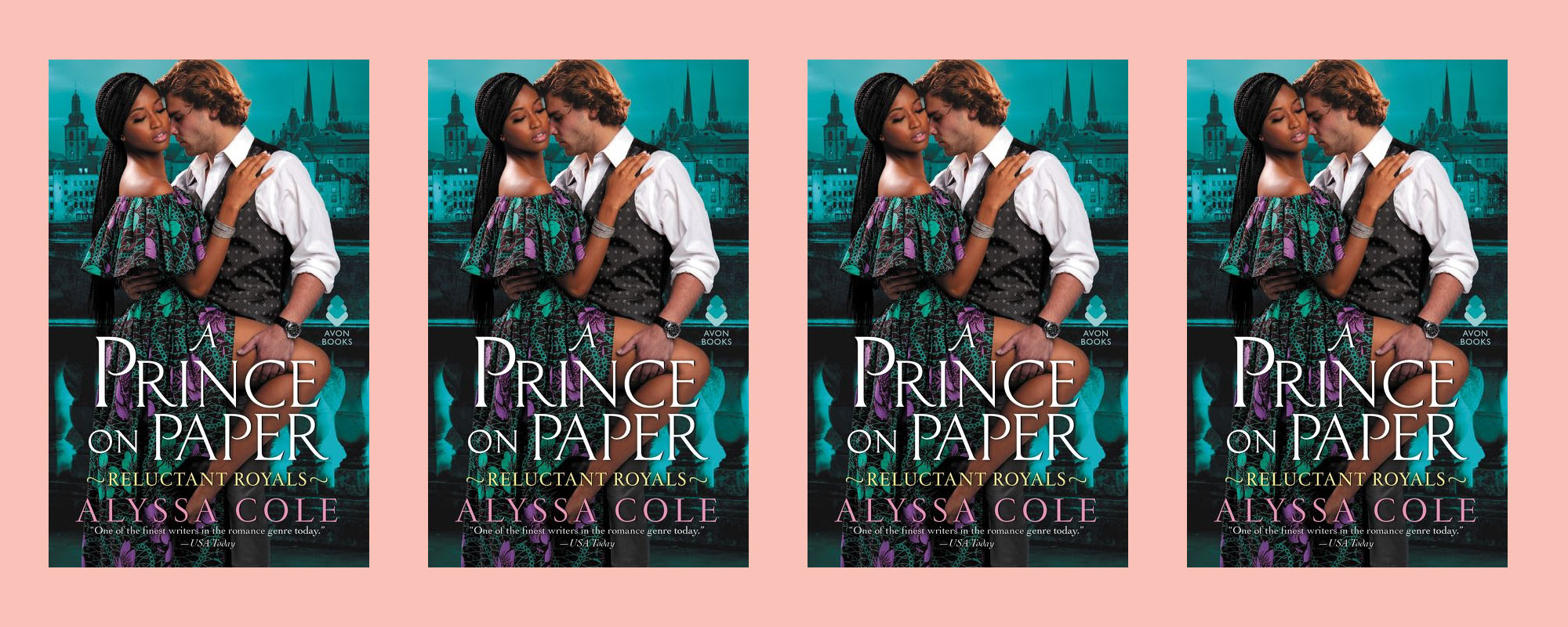
Alyssa Cole’s A Prince on Paper is the deeply satisfying conclusion to her Reluctant Royals series. The first in the series, A Princess in Theory, featured a protagonist, Ledi, who was betrothed to an African prince but she didn’t know it. It was smart, upended romance tropes, and so much fun to read.
The conclusion to the series focuses on Ledi’s cousin, Nya, who returns to Thesolo (the fictional African nation) after a few years away. There, she gets entangled with a playboy prince from a fictional European nation (based off of Prince Harry), and they get into a fake engagement. You can guess what happens next… they fall in loOoOOve. While on the surface this is a romance novel, Cole also deftly tackles emotional abuse, families struggling with grief, gender identity, and more.
Read if you’re into: romance, fake dating plot lines, and Meghan Markle. Get it here.
7. A Woman Is No Man by Etaf Rum (March)
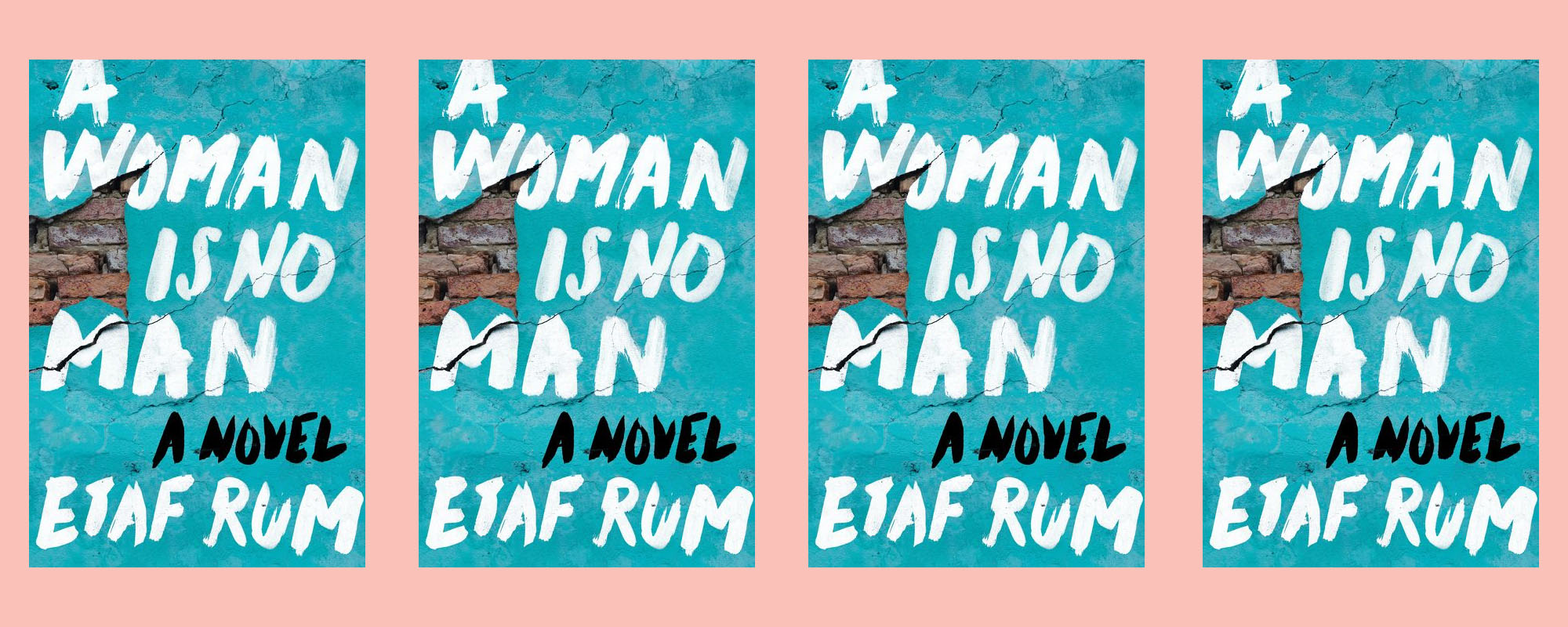
Etaf Rum, the daughter of Palestinian immigrants in Brooklyn, has written a moving story of three generations of Palestinian women. In the acknowledgements, she writes the book is inspired by her two children and the women of Palestine.
In a letter to readers, Rum writes: “Growing up, I was taught that there were limits to what women could do in society. Whenever I expressed a desire to step outside the prescribed path of marriage and motherhood, I was reminded over and over again: a woman is no man. And yet later I realized this was also my strength: I began to see the ways the women around me were unique from men in their ability to juggle the demands of culture, family, relationships, and parenting. Though I refuse to turn away from the deeply complicated and sometimes dark aspects of traditional Arab culture, what I hope people from both inside and outside my community see when they read this novel is the strength and resiliency of our women.”
And that’s exactly the message you get while reading A Woman Is No Man; it focuses on a woman’s “place” in society by shifting between to different timelines (Palestine in 1990 and Brooklyn in 2008). In the ’90s, Isra is married off by her parents and sent to Brooklyn to marry Adam and live with her new in-laws, Fareeda and Khaled. There’s immediate pressure placed upon Isra by her in-laws to have sons — but she has daughters (four in five years!). After Isra and Adam are killed in an accident, the girls are brought up by their grandparents. The second story follows Deya, Isra’s eldest daughter, at 18, as she searches for the truth about her family. We won’t spoil anything else.
P.S. Rum also runs an amazing bookstagram, @booksandbeans, if you’re into that.
Read if you’re into; family sagas, immigrant narratives, and stories about Palestine. Get it here.
8. Naamah by Sarah Blake (April)
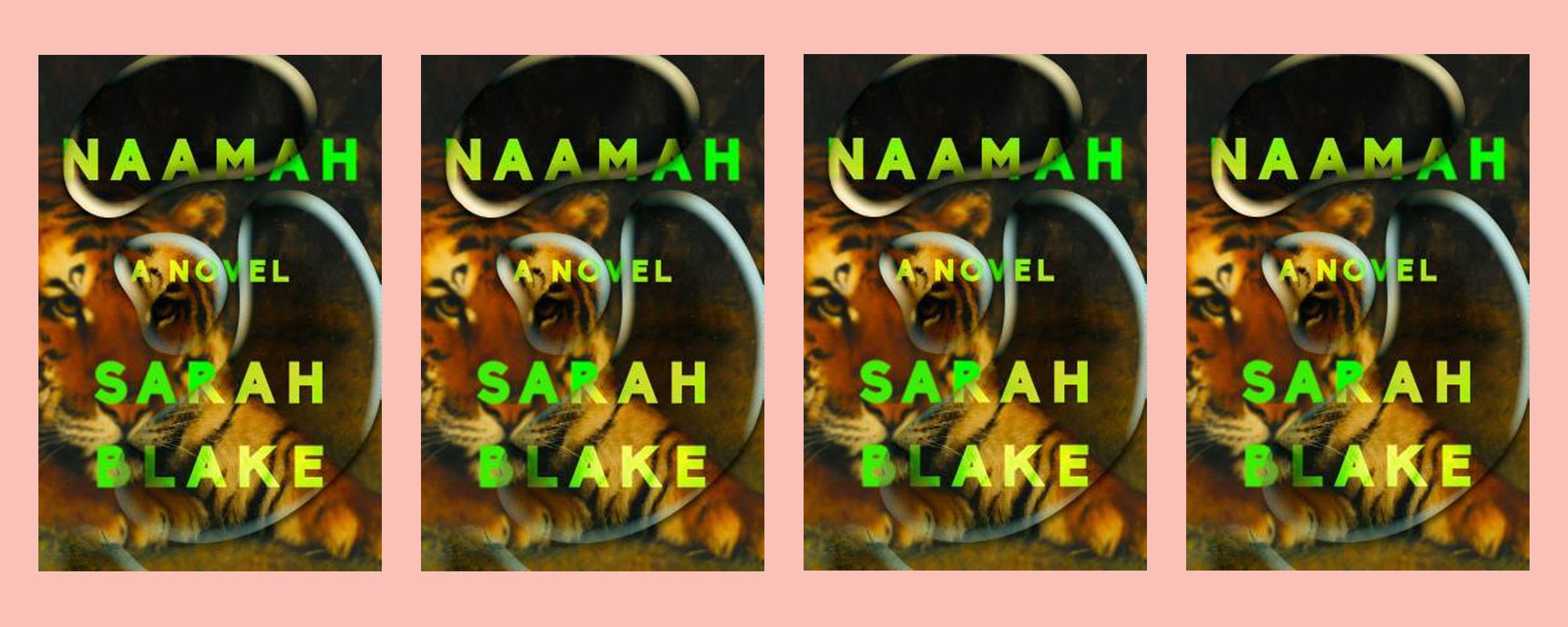
Even if you didn’t go to Hebrew School, you know the story of Noah’s Ark. Noah gathers his family along with pairs of all the animals and builds an arc while God floods the world. Sarah Blake, in her novel Naamah, asks the question: What about Noah’s wife? And so sets the stage for re-telling — and reclaiming — the story of Noah’s Ark like you never heard it before. By centering Noah’s wife, who goes unnamed in the original telling in the Bible, Jewish writer Blake reclaims the story of the matriarch.
There is something so hypnotic about Blake’s retelling of this well-told tale. It starts with the paraphrased text of Genesis 6:9-13, which introduces Noah, Noah’s sons, and God’s plan to destroy the world. But, in Blake’s version, we get Naamah’s — Noah’s wife’s — commentary. “Noah begat three sons, Shem, Ham, and Japheth. With Naamah. Naamah was the first one to know Noah to be a just man and perfect in his generations. Naamah married him before God ever spoke to him.” This sets the tone for the story; one of humanizing Noah and his family, and telling us what went down on the famed ark. It also dives into logistical questions, which I found fascinating: Who fed the animals? Who cleaned their shit? Who made sure life on the ark kept going?
Naamah goes swimming in the floodwaters, thinks of her lover (a woman) she left behind in the flood, and begins to doubt why she and her family were chosen for this task of repopulating the earth. “The longer she is on the boat, the less she trusts Him, and His feelings toward her, and His choice of her for matriarch.”
Read if you’re into: Anita Diamant’s The Red Tent, feminist re-tellings, inventive fiction, up and coming Jewish authors. Get it here.
9. Sabrina & Corina by Kali Fajardo-Anstine (April)
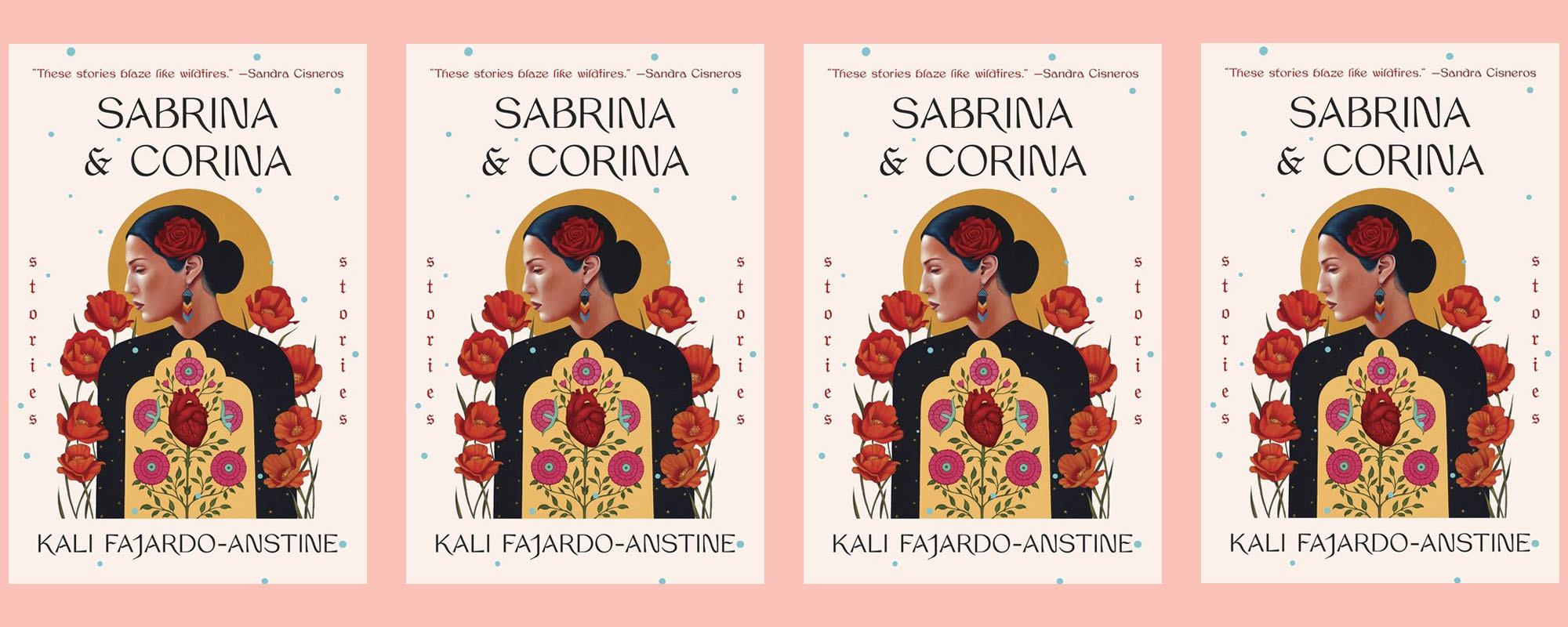
Kali Fajardo-Anstine’s debut short story collection centers the stories of Latinas of Indigenous descent. The stories focus on families, gentrification, the concept of “home,” and so much more. Actually let’s just let one of my favorite writers Julia Alvarez do the talking…
Alvarez wrote, “Fajardo-Anstine is a fearless writer: her women are strong and scarred witnesses of the violations of their homelands, their culture, their bodies; her plots turn and surprise, unerring and organic in their comprehensiveness; her characters break your heart, but you keep on going because you know you are in the hands of a master… Her stories move through the heart of darkness and illuminate it with the soul of truth. Comparisons came to mind: the Alice Munro of the high plains, the Toni Morrison of indigenous Latinas—but why compare her to anybody? She is her own unique voice, and her work will easily find a place, not just in Latinx literature but in American literature and beyond.”
Read if you’re into: short stories, family narratives, and women-centered stories. Get it here.
10. Trust Exercise by Susan Choi (April)
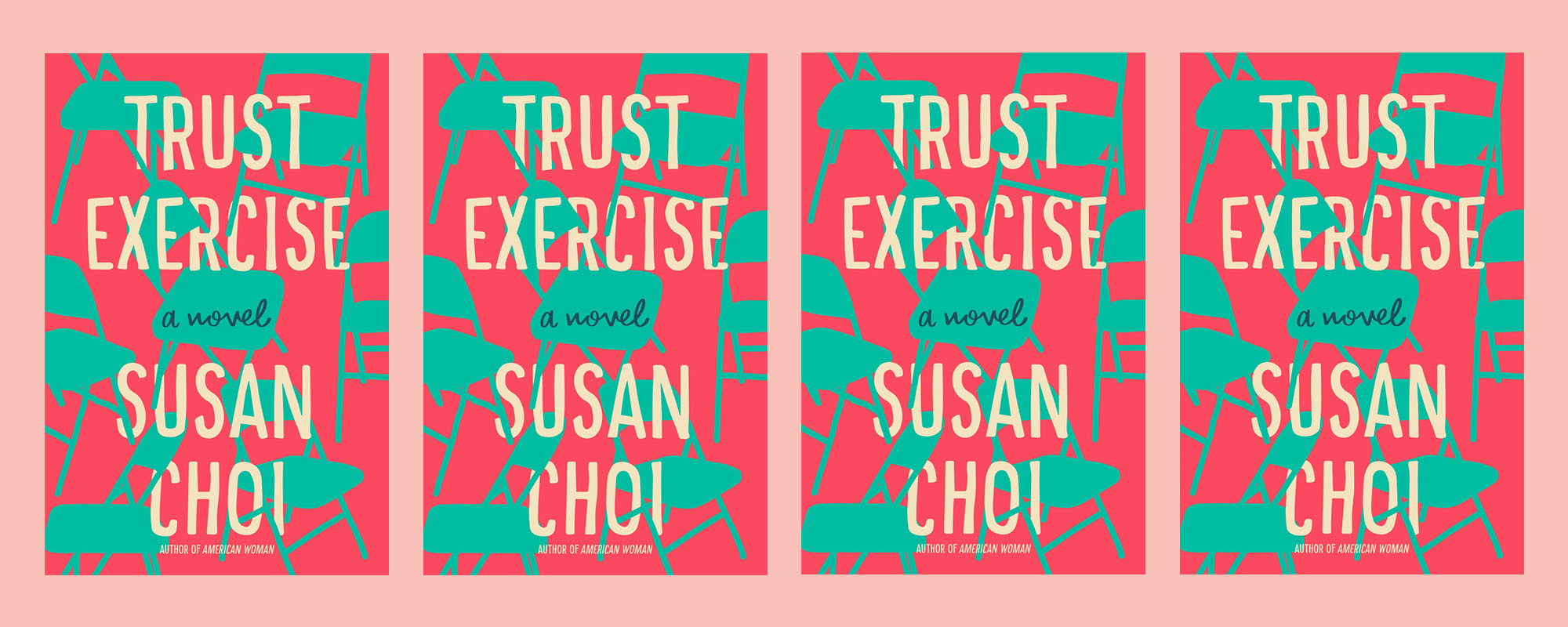
I don’t know what I can write without spoiling you on this twisty, narrative-defying book. But I shall try!!
In the early 1980s, students attend a performing arts school in Florida. There are two main characters, Sarah and David, and a manipulative acting teacher with hazy questions of consent. There’s teenage horniness and wanting to drive and all your normal high school shenanigans! And then, halfway through, Susan Choi flips the perspective. Suddenly you have no idea what to believe — rather, who you should trust. (Get it? The book is called Trust Exercise after all!) It’s a weird but worthwhile read.
Read if you’re into; theater, or if you have ever been a theater kid, books that make you go wait, WHAT!?!?, smart fiction. Get it here.
11. The Spectators by Jennifer DuBois (April)
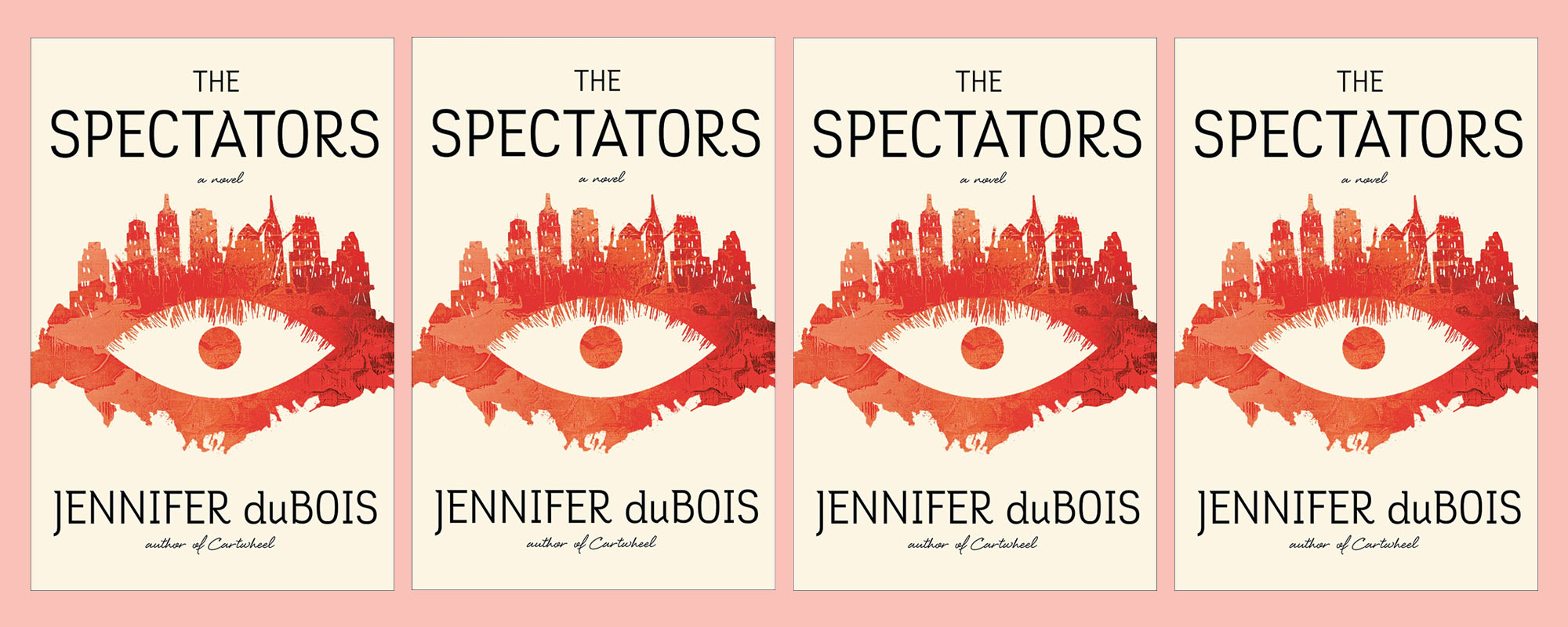
In 1993, two boys commit a school shooting. In the fallout, those two are found to be fans of The Mattie M Show, hosted by Matthew Miller, and suddenly, Miller’s life is in the spotlight. The novel is not narrated by Mattie himself, but by two people who circle him: Semi, a former lover, in first-person, and Cel, his publicist, in third person. As LitHub writes in their books preview, “Covering three decades of American culture, including the nineties pop culture wars and the AIDS crisis of the eighties to the liberated seventies, this may be duBois’s most ambitious work yet.”
Read if you’re int0: the undersides of daytime television, gay life in NYC. Get it here.
12. Disappearing Earth by Julia Phillips (May)
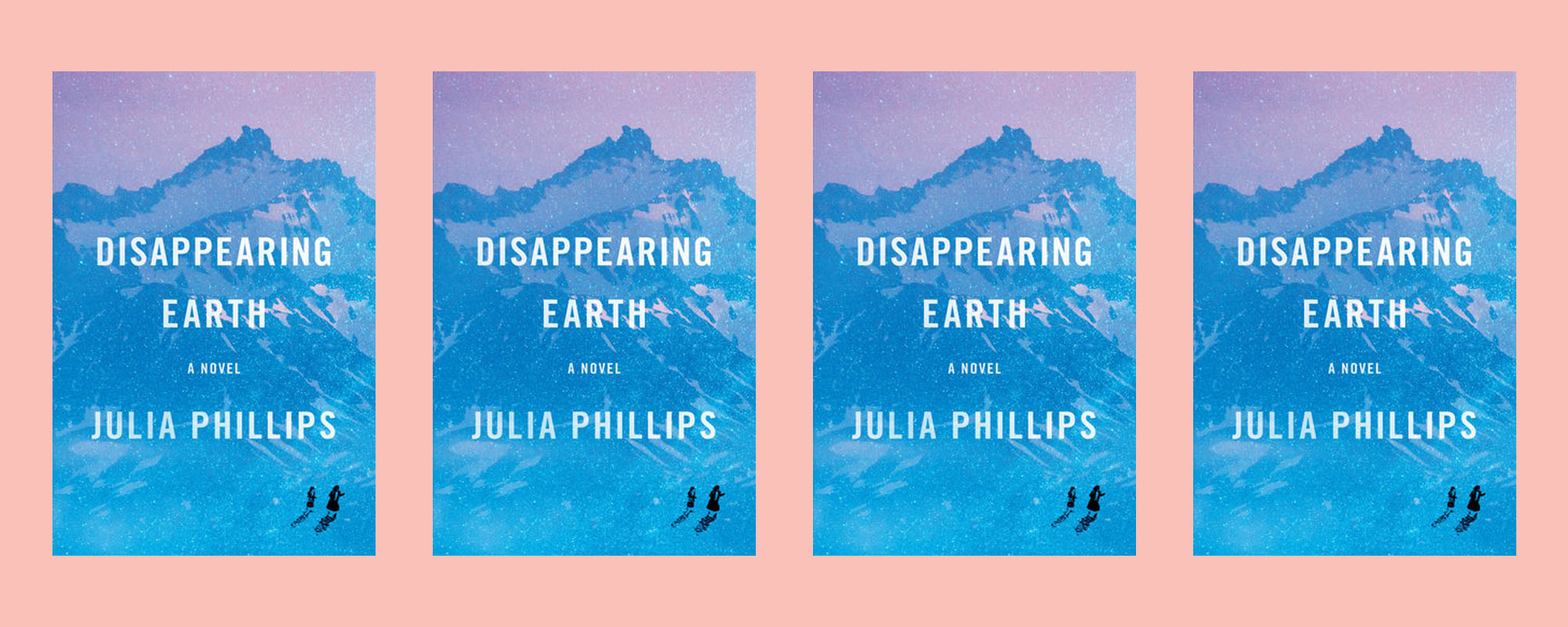
In Kamchatka, Russia, two sisters, ages 8 and 11, go missing. (Kamchatka is a peninsula in the very, very northeastern point of Russia — close to Alaska.) The book opens with the two girls, Sophia and Alyona, who end up in a stranger’s car. Your heart hurts, because you know what’s going to happen next: They disappear. The rest of the story follows the town over the course of a year as they search for the girls. It’s not exactly a linear narrative, more a series of connected stories about various women as they live in the shadow of these girls’ disappearance.
I usually don’t quote the book descriptions, but this one is so lovely, I have to: “Taking us through a year in Kamchatka, Disappearing Earth enters with astonishing emotional acuity the worlds of a cast of richly drawn characters, all connected by the crime: a witness, a neighbor, a detective, a mother. We are transported to vistas of rugged beauty–densely wooded forests, open expanses of tundra, soaring volcanoes, and the glassy seas that border Japan and Alaska–and into a region as complex as it is alluring, where social and ethnic tensions have long simmered, and where outsiders are often the first to be accused.” Like, yes please!!!
Read if you’re into: post-Soviet Russia, books that begin with character lists & a map (does that make you as excited as it makes me?), mysteries, secrets. Get it here.
13. Queenie by Candice Carty-Williams (March)
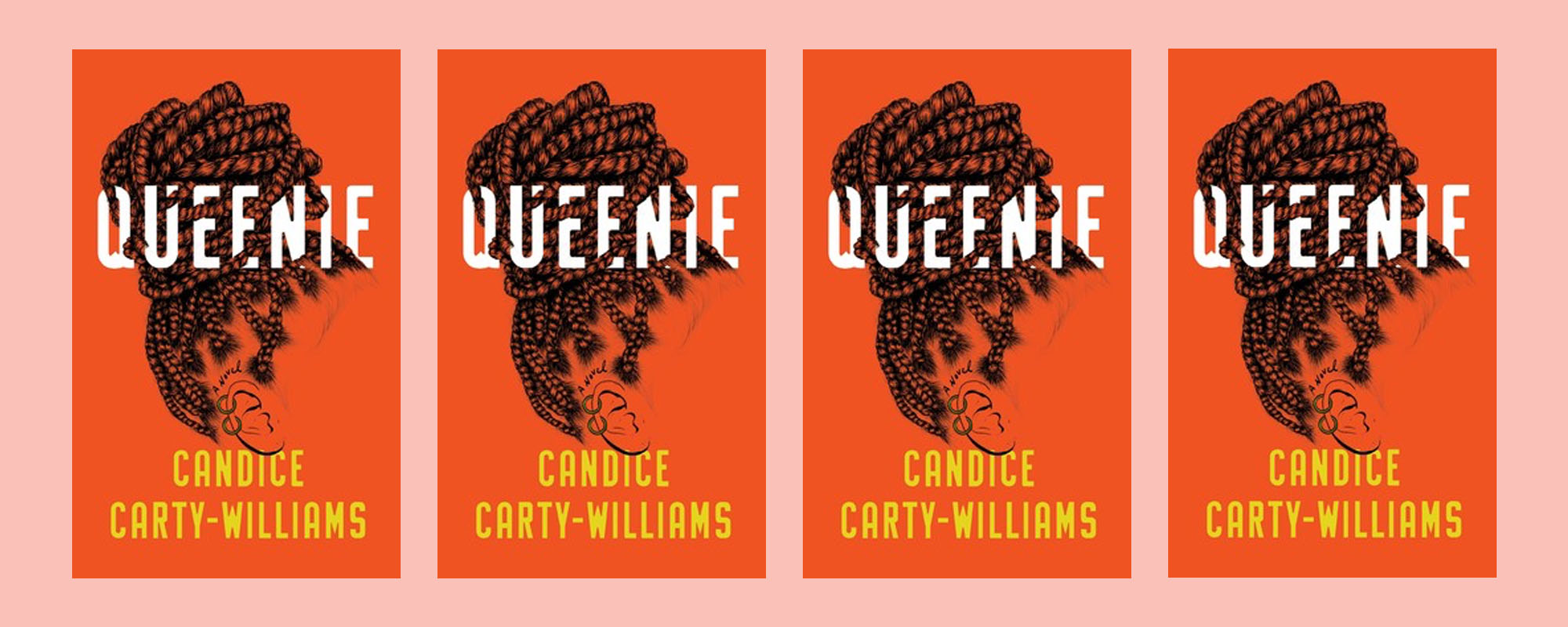
Queenie is a 25-year-old Jamaican British woman in London in the midst of a bad break-up with her long-term boyfriend, Tom. She works for a London paper, trying to get them to cover more serious issues, but instead her editor makes her pivot to fluffier coverage. Tom’s white, Queenie’s black, and the book doesn’t shy away from the tricky questions of interracial dating. What Carty-Williams also adeptly deals with is the role of technology in our modern lives. Which sounds so serious, but the way she weaves in text messages, e-mails, and more makes Queenie’s world feel so real.
Basically, the second the book opened with Queenie in stirrups at her gynecologist’s office, I knew I was sold. Kirkus calls Queenie, “A black Bridget Jones, perfectly of the moment,” and I am deeply inclined to agree.
Read if you’re into; romantic comedies, relatable protagonists, and books with covers that will make everyone want to know what you’re reading. Get it here.
14. Feast Your Eyes by Myla Goldberg (April)
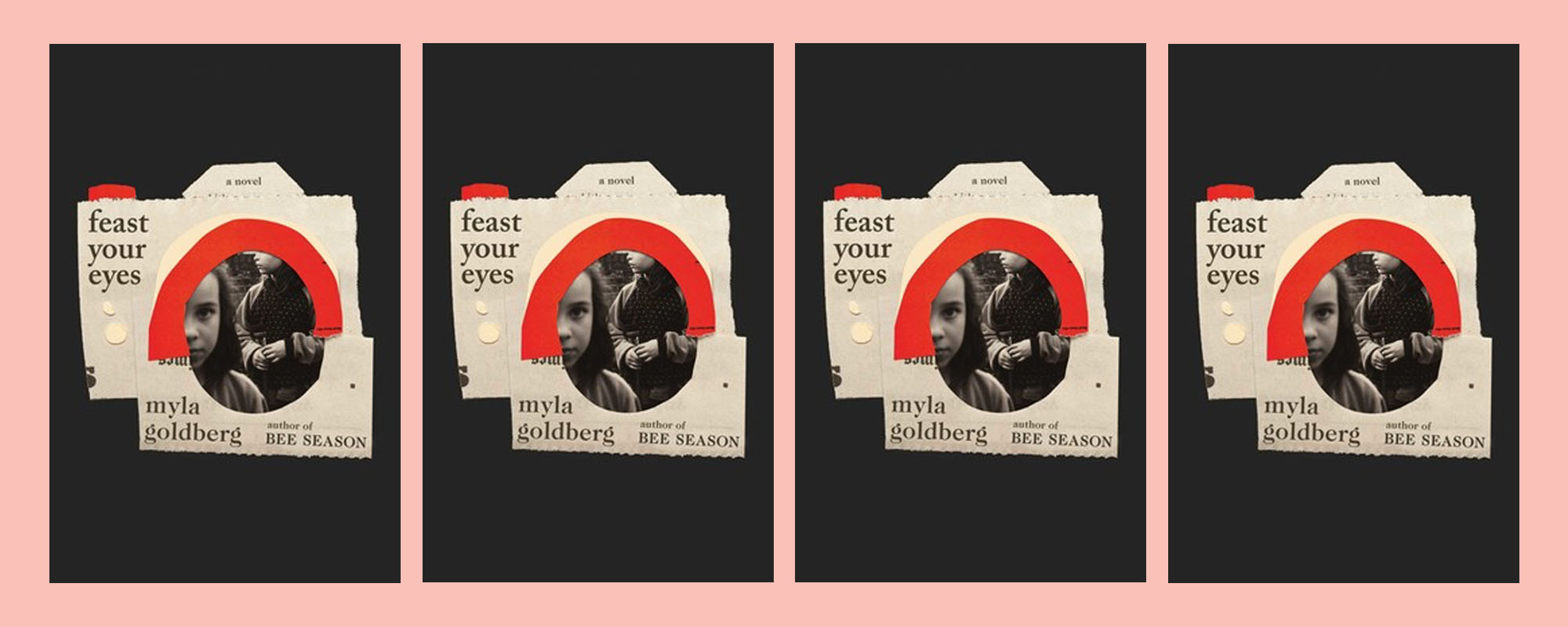
Jewish author Myla Goldberg’s latest novel — the first in nearly a decade from the Bee Season author — is structured as the catalogue notes from a photography show. The first entry begins:
“Feast your eyes, America. Here she is: America’s Worst Mother, America’s Bravest Mother, America’s Worst Photographer, or America’s Greatest Photographer—depending on who’s talking—as an anonymous high school junior, sporting the same light blouse/dark skirt combo and fake smile as the other girls.”
The focus of the photography show? A woman named Lillian. And so Feast Your Eyes tells the tale of Lillian — a photographer struggling to balance being a mom with her career — narrated by Lillian’s daughter Samantha.
Read if you’re into; Myla Goldberg, duh!! Also literary fiction, stories about moms & daughters (there’s a theme this spring), and the balance between art and family. Get it here.
15. The Learning Curve by Mandy Berman (May)
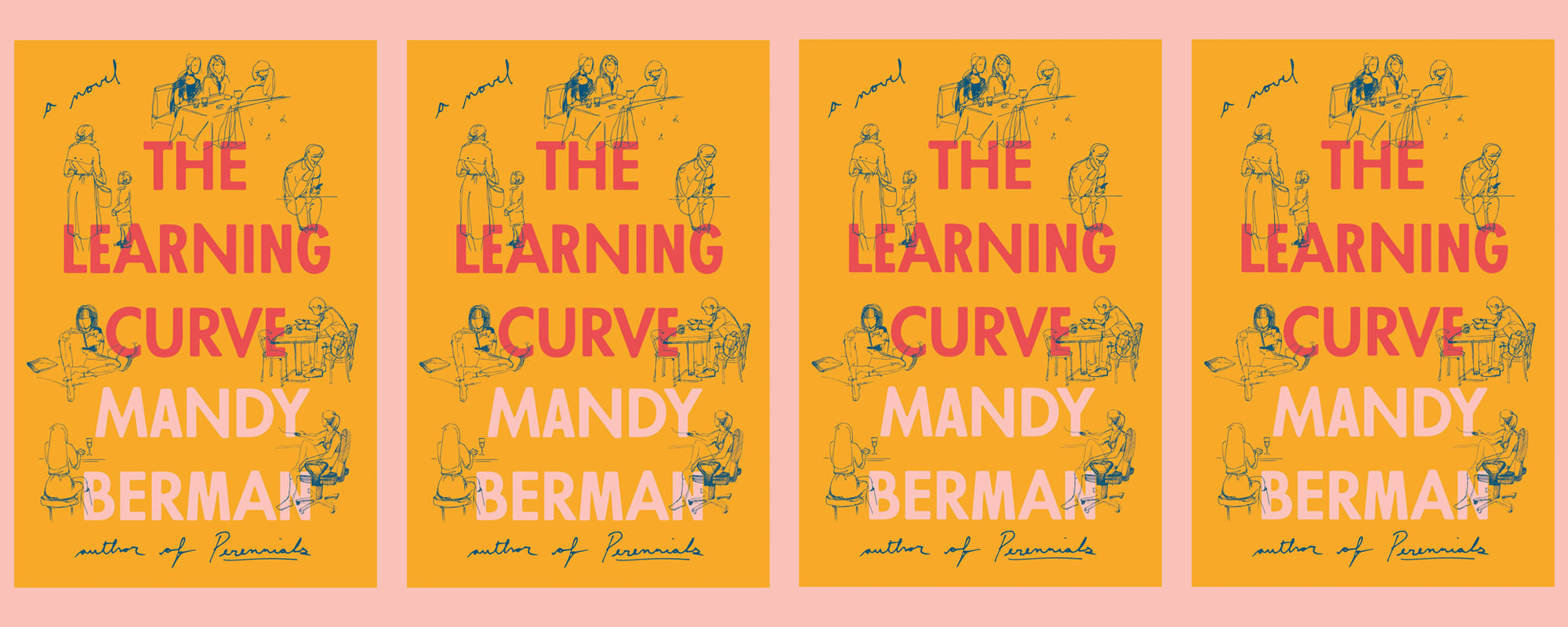
Mandy Berman’s second novel focuses in on the friendship of Fiona and Liv, two women in their senior year of college, who both start to crush on a visiting professor, Oliver. (Berman’s first book, Perennials, will take you right back to summer camp.)
I loved the specificity of detail in this book; for example, from the first chapter (so no spoilers!) when Berman is describing the fictional college Buchanan where her story is set, she writes, “Most recently, the quarterback of the football team, a celebrity on campus for bringing the once terrible team to more victorious seasons than they’d had in decades, had drunkenly failed to leave a tip on a pitcher of Bud Light for him and his teammates; the bartender, all yellow teeth and shifty eyes, called the quarterback a racial slur under his breath, and a white teammate heard it, punched the bartender in the nose so hard that the crunch of his bones stopped the bar cold.” Yes, that’s one sentence. Yes, the book evokes as much detail on every page!
In the acknowledgements — easily my favorite part of every book — Berman writes, “Thank you to Fiona Apple and Monica Lewinsky, patron saints of this novel.” And, to sum up the book, Berman tweeted it best herself, writing her new novel is about “college, sex, Berlin, sentimental novels, Judaism, power dynamics, grief, friendship, Paris, and Monica Lewinsky.” (Berman is also an Alma contributor! Catch up on her Jewy pop culture writing ASAP.)
Read if you’re into: female friendships, college novels that are real, and books that begin with Fiona Apple lyrics. Get it here.
16. Sing to It: New Stories by Amy Hempel (March)
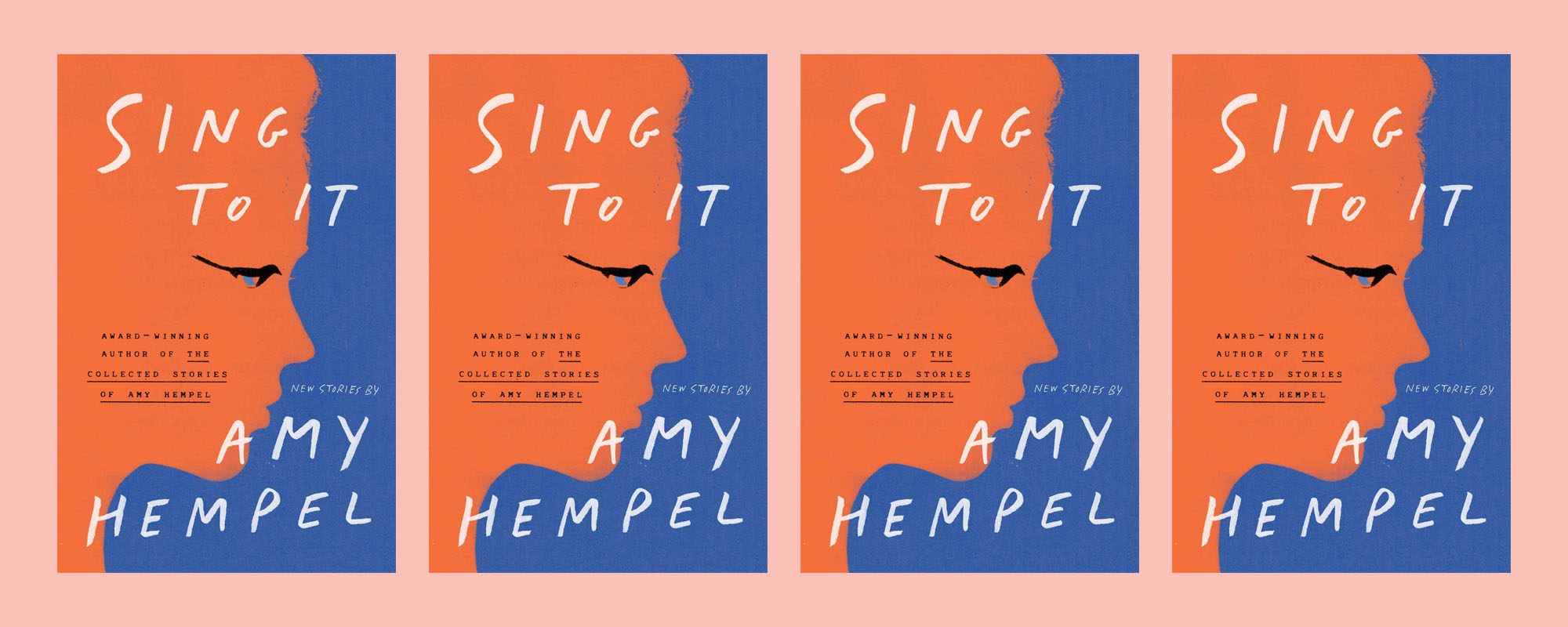
I’ll let Molly Tolsky, Alma editor and Hempel super fan, take this one: “Amy Hempel is a modern queen of the short story. Her sentences are always sharp, smart, and surprising, so it’s incredibly exciting that the writer is coming out with her first collection of stories in more than 10 years. With stories delving into the interior lives of women, many of which are only one-page long, Hempel’s fiction can be devoured during lunch breaks, train rides, or while waiting for that one friend who’s always late. And it’s sure not to disappoint.”
Of the collection, Miranda July says, “Amy Hempel is the writer who makes me feel most affiliated with other humans; we are all living this way — hiding, alone, obsessed — and that’s ok.”
There are 15 stories in Sing to It, ranging from two pages to 62.
Read if you’re into; short stories!! Amy Hempel! Duh! Get it here.
17. What My Mother and I Don’t Talk About edited by Michele Filgate (April)
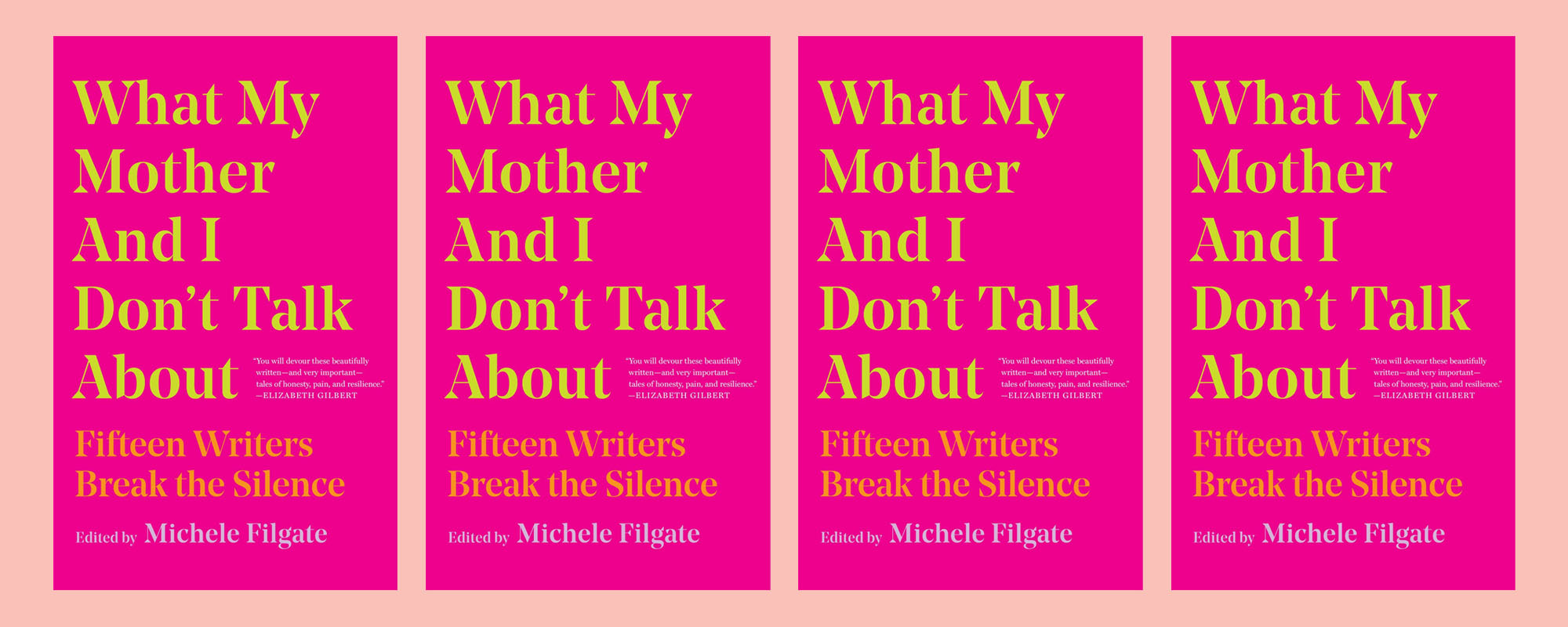
Editor Michele Filgate gathers 15 writers to talk about, as Oprah Mag writes, “the chasm where ‘our mother does not match up with mother as we believe it’s meant to mean and all it’s meant to give us.'” What My Mother And I Don’t Talk About is a stunning, heart-wrenching collection.
It all began in 2017 with an essay Filgate published in Longreads. “Our mothers are our first homes, and that’s why we’re always trying to return to them. To know what it was like to have one place where we belonged. Where we fit,” she begins. She goes on to tell the story of her abuse by her stepfather and the pain this caused in the relationship between her and her mom. The outpouring of responses to this essay is what lead Filgate to curate and edit this collection. Including essays by writers like Alexader Chee, Leslie Jamison, and Carmen Maria Machado, you will not want to miss this.
Read if you’re into: anthologies, thinking about moms, things that make you cry Get it here.
18. The Flight Portfolio by Julie Orringer (May)
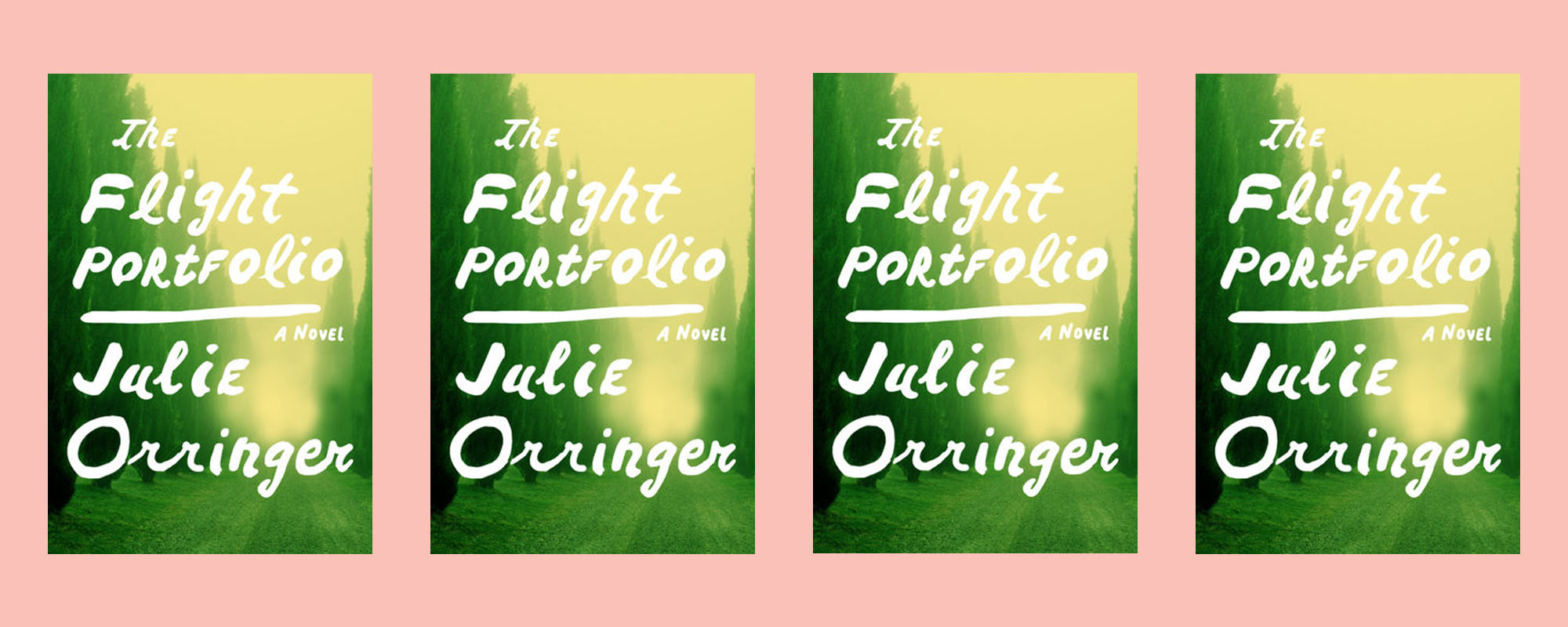
Beginning in Jewish painter Marc Chagall’s house in Gordes, France at the start of World War II, Julie Orrigner’s The Flight Portfolio takes you through Vichy France and the struggle to save Jewish artists and writers. After they surrendered to Nazi Germany in the fall of 1940, France was required to turn over to the Nazis a list of “all persons on the Gestapo’s wanted list — a large number of whom were Jewish intellectuals.” So, the Emergency Rescue Committee (ERC) was formed in New York and sent Varian Fry to France. This is where Orringer’s story takes off.
Fry is a real person; he was an American journalist and the first American to be named “Righteous Among the Nations” by Yad Vashem, Israel’s Holocaust Museum. (Just scroll to “refugees aided by Fry” on his Wikipedia page. You will be in awe.)
If you, like me, are wary of the genre of “Holocaust fiction,” do not fear. Jewish writer Orringer deftly captures this moment in time — the desperation to leave —and the ethical/moral dilemma faced by Fry: His mission was to go to France, save the 200-odd artists, writers, and anti-Nazi thinkers the ERC deemed necessary, and return, but what about people who haven’t been deemed worthy? Could he get them out, too? Bonus: There’s a lovely queer love story throughout.
Read if you’re into: historical fiction!!!! This is SO for you. Get it here.
Happy reading!
Disclosure: This post contains Amazon affiliate links, which means we may receive a commission if you click a link and purchase something. While clicking these links won’t cost you any extra money, they will help us keep this site up and running. Thanks!
